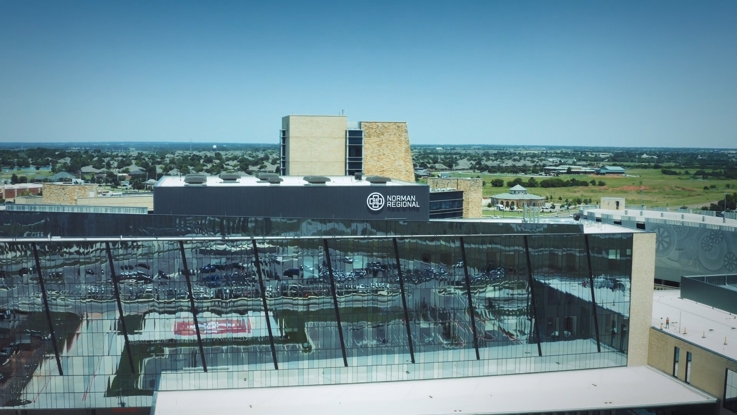Type 1 Diabetes in Adults
- Category: Educational
- Posted On:

Signs and Symptoms of Type 1 Diabetes in Adults
Type 1 diabetes is a condition that affects thousands of Americans every year and can lead to conditions including increased risk of kidney disease, high blood pressure and heart disease. While many people know what it is, there remains confusion around what makes it distinct from type 2 diabetes. While the two conditions have similarities, the two are separate from one another and type 1 diabetes cannot develop into type 2 diabetes.
To help shed some light on the issue, Krishna Vedala, MD, an internal medicine physician at Norman Regional’s Primary Care – South OKC clinic, gave his answers to many commonly asked questions surrounding type 1 diabetes.
1. What causes type 1 diabetes in adults?
Type 1 diabetes is a genetic disorder. It is caused by the destruction of beta cells of the pancreas which help produce insulin. Insulin is the key hormone when it comes to reducing the body's blood glucose levels, a step which allows the body to keep recycling the glucose to make more energy. Without any insulin available, the body is not able to effectively use glucose to produce more energy.
2. How is type 1 diabetes in adults diagnosed?
Type 1 diabetes is usually diagnosed through a series of lab findings. These include measuring blood glucose levels, testing insulin levels, and determining presence of autoantibodies specific for type 1 diabetes. One of the tests we often use is the hemoglobin A1c test, which is an average of blood glucose levels over the past three months, said Dr. Vedala. An A1c greater than 6.5 is indicative of diabetes.
3. Signs and symptoms of type 1 diabetes in adults:
The hallmark of type 1 diabetes is elevated blood glucose levels and absent insulin levels. Because it is a genetic disorder, we usually see type 1 diabetes in younger patients. Some of the symptoms they start noticing are increased urination, increased thirst, blurry vision, fruity odor breath, and weight loss despite normal appetite. Recurrent infections, specifically related to the skin and urinary tract, can also be seen.
4. How is type 1 diabetes managed?
Treating type 1 diabetes basically comes down to addressing the main issue, the lack of insulin. Therefore, we treat type 1 by putting patients on exogenous insulin. This can be done through subcutaneous injection of insulin. As a result, we also recommend people with type 1 diabetics check their blood sugar levels often in the mornings, evenings and at meal times. Over the past decade, we have seen the rise of smart phones and other smart devices in simplifying this process even more for our patients. Continuous glucose monitors and insulin pumps have already been on the market for the past few years.
5. What are the effects of diabetes on the rest of your body?
Type 1 diabetes is a chronic illness that requires persistent treatment and management. If type 1 diabetes is not managed, we do see a life-threatening complication known as diabetic ketoacidosis where the body essentially starts to starve and resorts to using fat reserves to survive. As stated above, diabetics are prone to more infections because elevated glucose levels attract more bacteria. Untreated diabetes can also affect other organs, specifically through the ”three pathies” which include retinopathy, nephropathy and neuropathy. Diabetes can shrink the blood vessels and limit blood supply to affected areas. Through this mechanism, diabetes can affect the eyes causing blurry vision and eventually blindness, kidney failure, and damage the nerves in the extremities.
If one of your questions hasn’t been answered here, Dr. Vedala would love to help you diagnosis and/or manage your type 1 diabetes. You can make an appointment by calling 405-912-3400.



